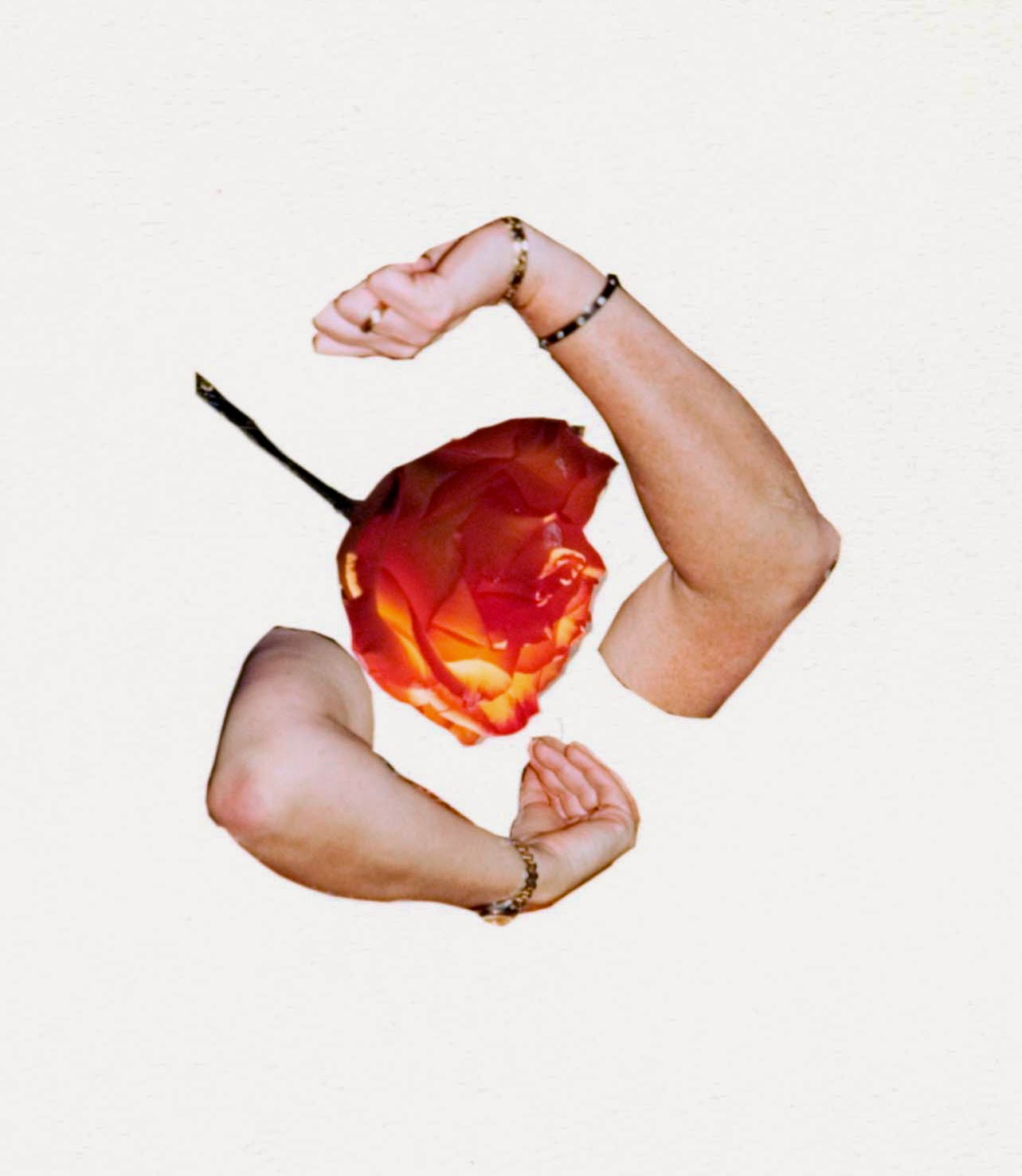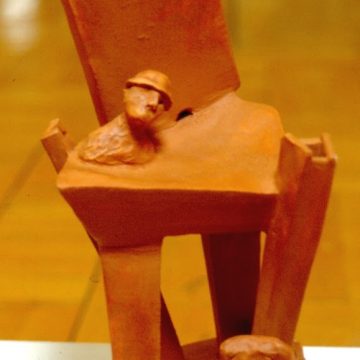Protection
photo collage
I have so many conversations with despairing visual artists it would seem that their frustration and depression are symptoms of a cultural disease of epidemic proportions. The four most debilitating aspects of the infection appear to be:
1) The lack of a solid social infrastructure such as galleries, dealers and representatives to support their practice, even as they’re expected to represent and even help save the society;
2) The subsequent lack of sales, despite a focus on ‘commerce’, forcing them to find other sources of revenue even as they fund and sustain their city’s visual culture practically on their own;
3) The involvement in the creation process of perhaps well meaning but impatient and fundamentally clueless family members and friends;
4) The lack of creative conversations with their peers and with other artists at a more developed stage in their profession who might serve as inspiration and validation.
What is tragic about this disease is its effect on creativity and creation. Artists become paralyzed by insecurity, doubting the very thing that gives their lives its meaning. If they don’t freeze up completely or abandon their art, they stop learning, experimenting and producing for their own reasons; they try to modify their work to make it more ‘saleable’. This is deadly both to them and to the quality of the culture they produce for sale or otherwise.
I see the effect of that every day in artists’ complaints and in the quality of art that is sometimes proposed for exhibition to my gallery. I see it in the endless ‘art fairs’ and charity art auctions that sell art at cut-rate prices. I see it in the flocks of people taking leisure or recreational art courses then rushing to sell their amateur work. I see it in art education that focuses on ‘concept’ and ‘virtual’ because it’s too expensive to maintain studios and provide equipment for actual media.
It is no wonder why artists like Picasso and Van Gogh managed to make art despite all the distractions, including family and marketplace, whether adoring or contemptuous. The sheer power of their faith in their own talent and unfailing dedication to developing it guaranteed their time in creation mode. They interacted with the world on their own terms, accepting the consequences, neither seduced by success and praise nor crippled by the blindness of others. They made themselves artistically immune to the disease.
Artists today are particularly susceptible to this art-destroying illness. The society around them is rife with deadly spores: it is especially dissociated from hope, self-deluded, superficial and materialistic as only easy access to mass-made stuff and cut-paste-post functions can make it. It is skilled and work-focused, but not as educated as the degrees its universities give out might indicate: its concept of Democracy, for instance, is that everyone Is, or should be, the same, when in fact, in Democracy, everyone is Equal, not ‘the same’. This misconception is especially detrimental to Culture and to the Arts.
The truth is, artists are not going to change society. If anyone has it in hand these days it’s the multinationals and the governments that rely on their support. They, engineers and the designers of electronic products are doing the programming, and it is not part of their agendas to promote the kind of pensive, one-on-one, time consuming, individualized activity that is art making. It is to the artists’ advantage, however, and I for one know for a fact that there are a lot more of them out there than anyone realizes.
All I can say to all these artists is redefine your focus and stick to your beliefs. Instead of constantly talking about needing to sell, bewailing the lack of recognition, comparing sales notes, badmouthing that which sells, donating to charities in the hope of having some exposure, agreeing to teach art as leisure or recreation and producing more and more of the type of work ‘that sells’, STAND BY YOUR PROFESSION.
How? Have real art conversations with each other about what you do, not complaint sessions about what society doesn’t do for you. And just as people may have a misconception about what Democracy is, perhaps too many artists have come to have a misconceived notion about Art and what it is. If artists don’t understand or value Art more than the cost per square inch or how many pieces they sold during any given exhibition, why should anyone else?
Visual artists must become more engaged in their practice, must become more involved with their peers on technical, aesthetic and philosophical levels, must accept the responsibility to the artistic community that comes with calling themselves Artists. We live in a sales-based economy, of course they must also sell, but they must do so because their work has value beyond that of a couch or a limitless reproduction.
As an artist, I understood something fundamental about whom I am and what I have to do. As an artist, while I am Equal to everyone else, I am not the same as everyone else. The expected sequence of achievement that society imposes as ‘normal’ on individuals, the assigned timeline for it, the required adherence to imposed values are all abnormal for me. As an artist, I understood that I have different Values than say, a scientist, a manufacturer, a banker, a priest. My understanding of ‘product’, my relationship to material, to space, even to ‘family’, my physical needs, my experience of time and my philosophical stance relative to success and fulfillment are completely different than theirs. Equal, but different.
That is what defines my attitude to my work. And that is why I engage in defending and protecting artistic practices that do not focus on selling. I have to remind artists that every second spent complaining is time not spent creatively, either to make art or to make it be known and respected.
Let us create our own antidote to the poisons in our social environment. Let us vaccinate each other from the creative disease caused by depression and frustration, but especially by the abandonment of our Values. We are artists after all. WE are creators.







